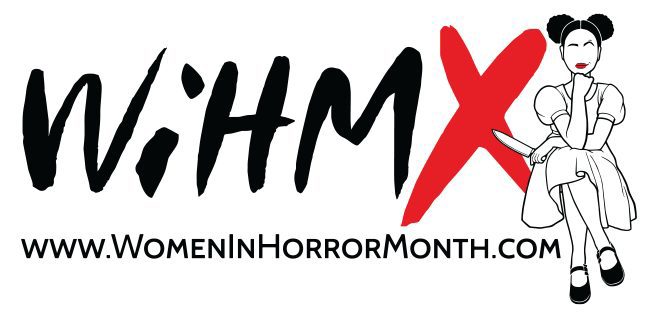Ghost Stories: Classic Tales of Horror and Suspense edited by Lisa Morton and Leslie S. Klinger
Pegasus Books, 2019
ISBN-13: 978-1643130200
Available: Hardcover, Kindle edition
‘Tis the season for ghost stories, and with so many out there, Lisa Morton and Leslie S. Klinger had some difficult choices about what to include in this anthology. They have chosen eighteen tales of the supernatural with varying tone, from comic to terrifying, by authors well-known for their ability with supernatural fiction, authors from both Europe and America, authors well-known for their other works who also wrote supernatural fiction, and some authors barely known to the reading public at all. There is a brief introduction, and each story is preceded with a short paragraph about the author and his works. When necessary, the editors included annotations, but the annotations do not impede the flow of the story; rather, they enrich it.
The anthology begins with a ballad, “Sweet William’s Ghost”, which is followed by a gothic tale by Johann August Apel, whose work may have inspired the beginnings of Mary Shelley’s Frankenstein. Sir Walter Scott’s “The Tapestried Chamber”, which Morton and Klinger identify as the first modern ghost story, is next. They then cross the ocean to America for the next two stories, “The Gray Champion” by Nathaniel Hawthorne and “Ligieia” by Edgar Allan Poe. Certainly no one can argue with either Poe’s brilliance or madness in his writing, and both are depicted in full force here.
Three lesser-known women writers of supernatural fiction all write powerfully of ghosts driven by their emotions towards the ones they left behind. “Since I Died” by Elizabeth Stuart Phelps is a compelling vision of what follows death, narrated by a just-deceased woman observing her lover’s grief, and is one of the outstanding stories in the book. “The Shell of Sense” by the little-known Olivia Howard Dunbar, details the vengeance, and eventually forgiveness, of a recently-deceased wife on her husband and sister when she discovers they have fallen in love. In Georgia Wood Pangborn’s “The Substitute”, a lonely woman is visited by a friend who is desperately in need of her help.
Charles Dickens, M.R. James, Edith Wharton, Henry James, and Charlotte (Mrs. J.H.) Riddell all tell stories of mysterious and terrifying ghosts. Ambrose Bierce creats a nightmarish, fantastical world in “An Inhabitant of Carcosa”, and Frank Stockton’s “The Philosophy of Relative Existences” is almost science-fictional in nature, a thoughtful puzzle of a story. Arthur Machen’s “The Bowmen” , based on actual news reports, described a battle during World War I where one of the British servicemen summoned St. George and his bowmen to defeat the Germans. The brief descriptions of the war, and the detail in which Machen is able to vividly portray the men and their despair in very few words, are very powerful. One of my favorites, a surprise to me, was Mark Twain’s “A Ghost Story”, which had me laughing out loud.
The variety in this collection of ghost stories is impressive, and I really appreciated the inclusion of both lesser-known women writers of supernatural fiction, and supernatural stories by writers better known for other work. Over the past several years I have done a lot of reading on my own on early women writers of supernatural fiction and until very recently it’s been difficult to find any work by some of them at all– and for those who are better known for their other writing, their supernatural tales have often been disregarded or kept under wraps. It would be easy to lean back on just a few authors already known for their ghost stories, but the effort that went into making sure this carefully curated anthology was varied in its authors and contents is something I really appreciate. Ghost Stories: Classic Tales of Horror and Suspense is a perfect read for this Halloween season.








Follow Us!